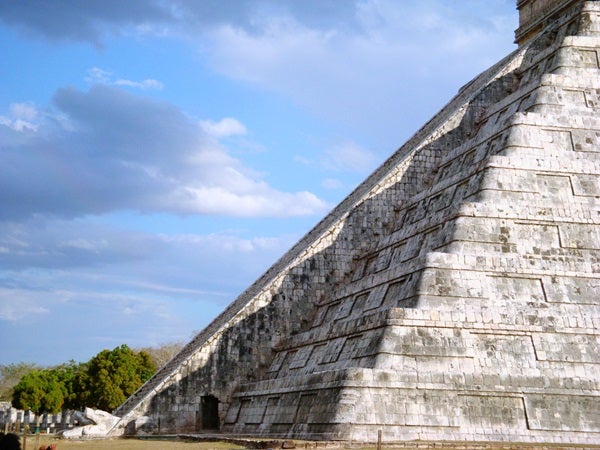The first type of precession to consider is that of the equinox. If you traveled to Chichen Itza on Mexico’s Yucatan Peninsula during the vernal or autumnal equinox, you could still watch the shadow of the 1,100-year-old great snake god Kukulkan slither down the pyramid steps. But that’s not to say it’s exactly the same. In the years since the Maya’s peak, the date of each equinox has actually moved by just more than two weeks.
That’s because Earth’s orbital position around the Sun changes, shifting the solstice by about 20 minutes each year. It takes more than 70 years for the equinox to shift by a complete day. After 25,772 years, the seasons will have completed a full circuit and arrived back at the start. And if you visited Chichen Itza halfway through that cycle, the seasons would have swapped. Spring would start at the former fall equinox.
Now let’s move to the type of precession you reference — the kind that makes Earth spin on its axis like a top. Some astronomers say that Chichen Itza’s tower of El Caracol had a window that perfectly aligned with the Pleiades in April of the year 1,000, which would have shown the Sun’s arrival at zenith.
And there are other likely alignments as well. It’s clear they understood the cycles of Venus using the ancient observatory. However, it’s hard to know exactly why sites like Chichen Itza — or even the Great Pyramid of Giza — point to a certain place in the sky. So the astronomical interpretations for many pyramids, stone circles, pueblos, and temples, have shifted over the years.
Stonehenge provides a great example. Tens of thousands of people show up for the summer solstice each year, as wannabe druids mark the longest day. But archaeologists have recently shown the massive stone circle was likely used exclusively in winter, when far fewer modern pagans are willing to make the trek.
Associate Editor










